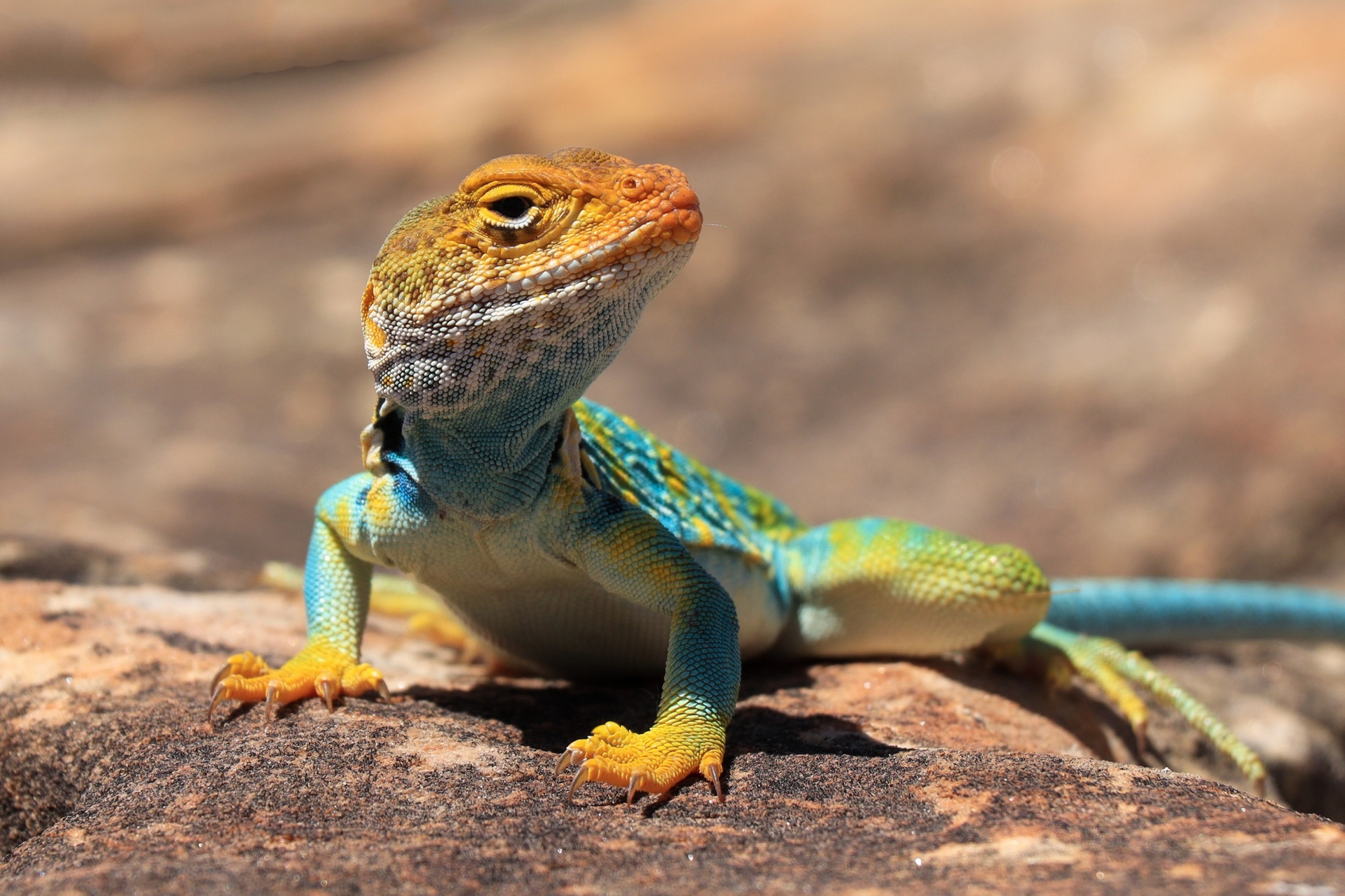MI weekly selection #598

Salt may play key role in Martian mudflow formation
A study in Communications Earth and Environment suggests that salt could explain how mudflows form on Mars despite the planet’s thin atmosphere. Researchers conducted experiments in Mars-like conditions, finding that salt lowers the freezing point of water, allowing mud to flow longer.
Full Story: Eos
Underwater tunes boost wave energy generation
Sound waves underwater can enhance surface waves, potentially boosting wave energy generation 30 %. Surface waves match the energy of the acoustic waves beneath them. This could be used to improve tsunami early-warning systems.
Full Story: E&T
Reptile colours tied to habitat openness
Researchers have found that habitat openness is the primary factor driving the evolution of reptile coloration, with reptiles in open environments like deserts and grasslands tending to have brighter colours than those in forests. The study, which analysed over 10,000 reptile images and 1,249 species, suggests that reptiles have historically adapted their colours in response to climate changes, particularly during periods of global cooling.
Full Story: Earth
Astrochronology to map early life events
Geological calibration of sediment cores from the Yangtze Platform has provided new age constraints on key events in the early Ediacaran Period. The astrochronological tuning of these cores reveals correlations between sedimentation, carbon isotope shifts, and biological innovations, refining the timeline of environmental and biological changes.
Full Story: PhysOrg
Labyrinth spiderlings resist cannibalizing live siblings
Research reveals that labyrinth spiderlings, despite their natural cannibalistic tendencies, don’t attack their living siblings even when deprived of food. This behaviour is attributed to social signals that prevent live cannibalism, although these signals don’t stop the spiderlings from consuming deceased siblings.
Full Story: Live Science